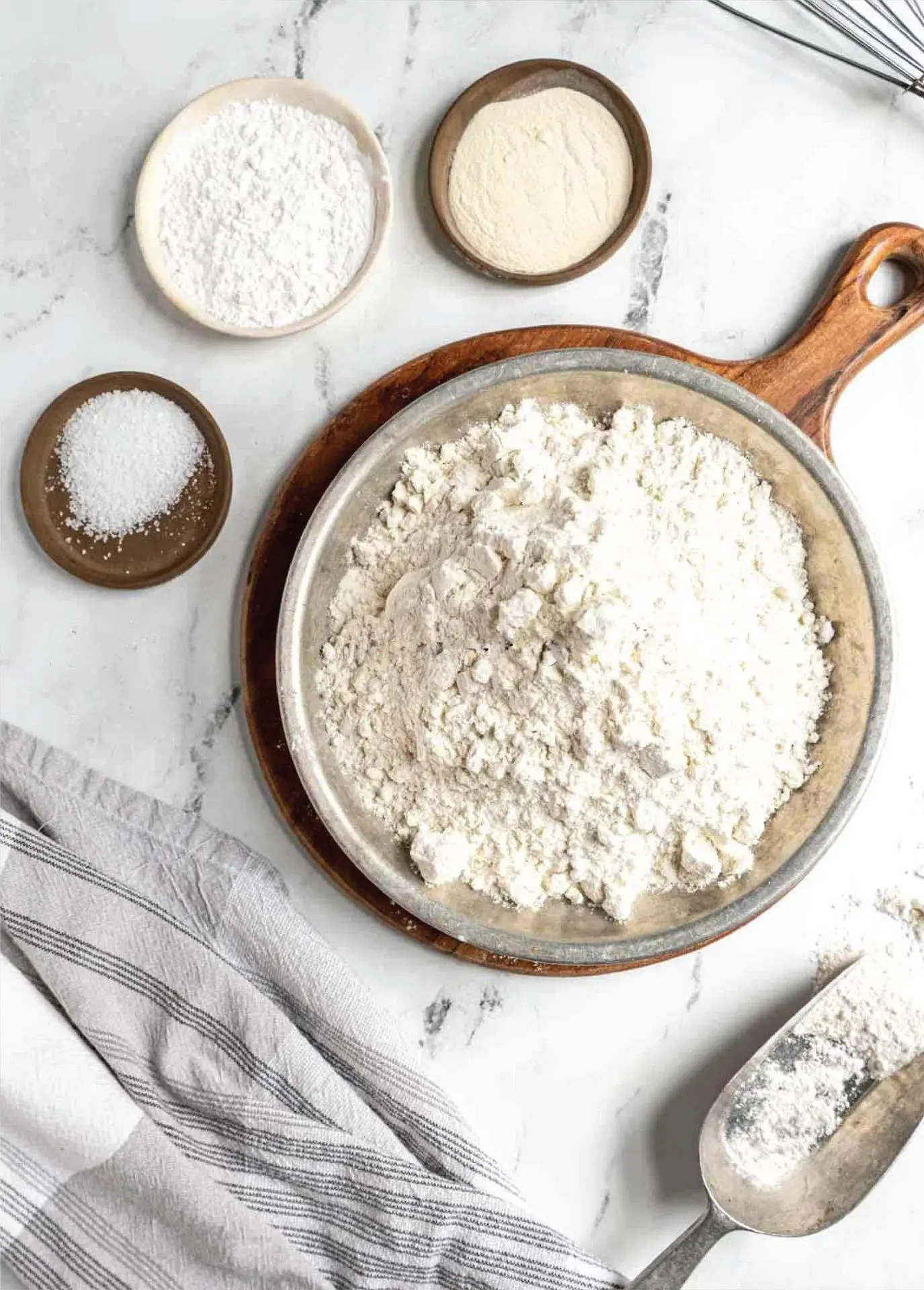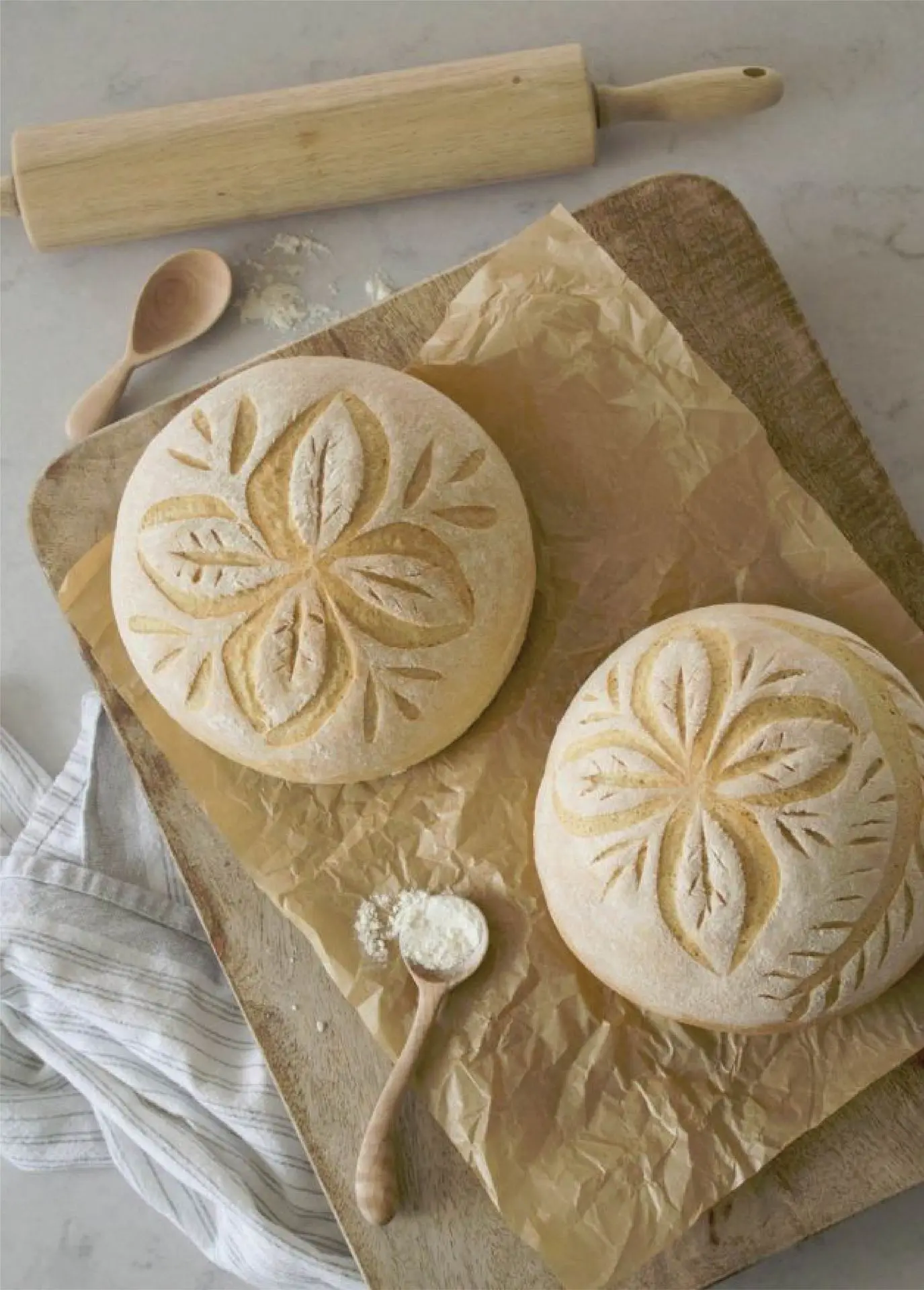
HOW IS GLUTEN-FREE FLOUR MADE? THE SCIENCE BEHIND IT
Gluten-free flour is an essential ingredient for people avoiding gluten due to celiac disease, gluten sensitivity, or dietary preference. But how is it made, and why does it differ from traditional wheat flour? This article explores the process behind gluten-free flour production and what makes it unique.
The Basics of Gluten-Free Flour
Unlike wheat flour, which relies on gluten for structure and elasticity, gluten-free flours are made from a variety of grains, nuts, and starches.
Common gluten-free flour sources include:
- Rice Flour – One of the most popular gluten-free options, offering a neutral taste.
- Almond Flour – A nutrient-dense choice with a slightly nutty flavour.
- Tapioca & Potato Starch – Used for added softness and elasticity.
- Sorghum & Millet Flour – Providing a more whole-grain approach.
The Manufacturing Process
- Sourcing Raw Materials – Gluten-free grains and nuts are selected based on their intended use.
- Milling – The grains are finely ground into a powder, much like traditional flour.
- Blending – To mimic the properties of wheat flour, different gluten-free flours are blended for optimal texture.
- Quality Testing – Strict testing ensures no gluten contamination occurs.
Choosing the right gluten-free flour depends on the intended recipe. Combining different flours often yields the best results for baking and cooking.
